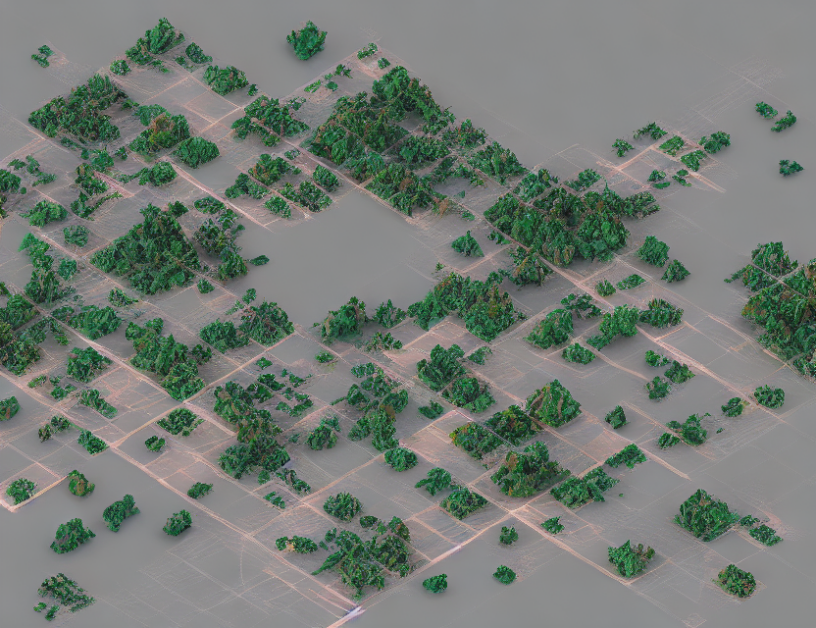In this article, we will delve into various concepts related to image editing, specifically focusing on the process of self-rectification in two passes. We will break down complex terms and provide easy-to-understand explanations, using everyday language and engaging analogies to make them more relatable.
Self-Rectification: A Two-Pass Process
Imagine you have a picture that needs some retouching. You can’t just edit one part of the image without affecting the rest of it. That’s where self-rectification comes in – like a two-pass process, it addresses larger scale structure first and then focuses on finer local details.
Pass 1: Large-Scale Structure
Think of this pass as a broad brush stroke, covering the entire image. It addresses the overall structure, making sure everything is in place and looking good from a distance. This is like painting a large landscape – you need to get the big picture right before focusing on smaller details.
Pass 2: Finer Local Details
Now, let’s zoom in and focus on specific areas of the image that need attention. This pass is like painting a portrait – you need to pay close attention to each individual feature to make it look realistic. The self-rectification process here addresses smaller scale structure, ensuring that every detail is perfect.
Learned Linear Projections: Making Sense of Complex Data
But how do the images get from one pass to the next? That’s where learned linear projections come in – like a set of lenses, they help make sense of complex data and project it onto a simpler space. Imagine these projections as a pair of glasses that helps you see things more clearly – they simplify the image while preserving its essential details.
Queries, Keys, and Values: Attention Mechanism Explained
Now, let’s talk about the self-attention mechanism that helps the system focus on relevant parts of the image. Think of queries, keys, and values as a group of friends at a party – they represent different aspects of the image that need attention. The self-attention mechanism is like a DJ who selects the right songs based on how well they match the mood of the party. It weighs the importance of each value based on how relevant it is to the current query, creating an attended representation that highlights the most important parts of the image.
In conclusion, self-rectification is a two-pass process that addresses larger scale structure first and then focuses on finer local details. Learned linear projections simplify complex data, making it easier for the system to understand and edit images effectively. The self-attention mechanism helps the system focus on relevant parts of the image by weighing the importance of each value based on its relevance to the current query. By demystifying these concepts through simple explanations and engaging analogies, we hope to provide a better understanding of the complex processes involved in image editing.



